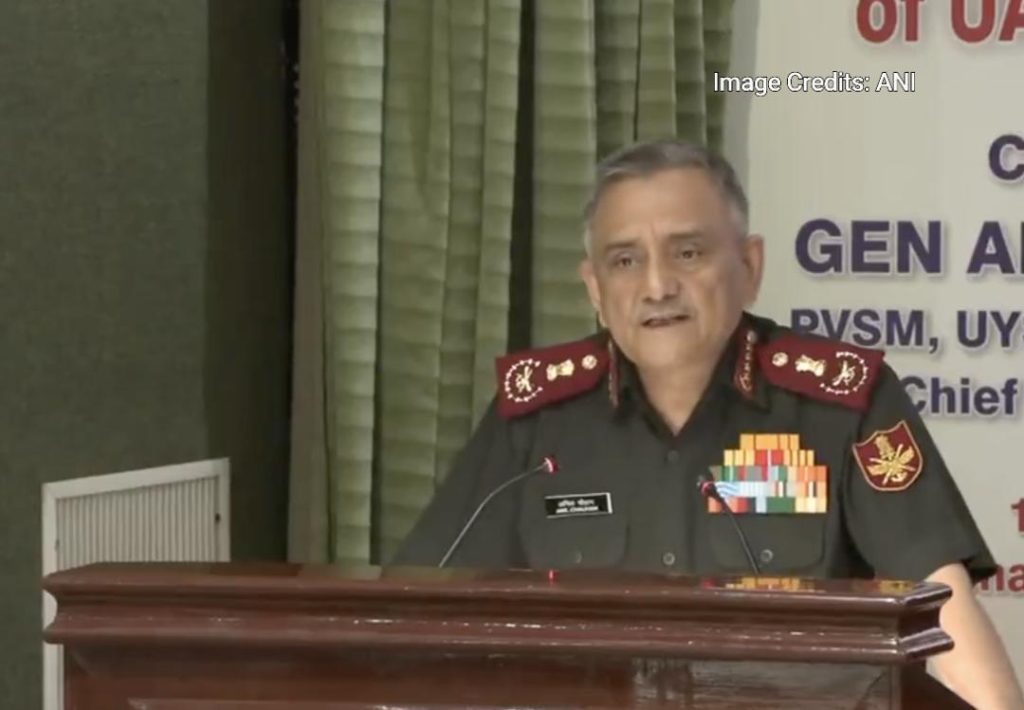
Pak Used Unarmed Drones & Loitering Munitions: CDS Anil Chauhan
The recent conflict between India and Pakistan in May has raised several questions and concerns about the use of advanced military technology by both sides. In a recent statement, Chief of Defence Staff (CDS) General Anil Chauhan shed some light on the Pakistani military’s tactics, revealing that they employed unarmed drones and loitering munitions during the conflict.
According to Gen. Chauhan, Pakistan used these drones and munitions to target Indian military and civil infrastructure, but none of them caused any significant damage. The CDS attributed this lack of damage to the effective countermeasures employed by the Indian military, which neutralized most of the drones and munitions through a combination of kinetic and non-kinetic means.
Some of the recovered drones and munitions were reportedly in almost intact condition, suggesting that they were either destroyed or disabled before they could cause any harm. This revelation has significant implications for the ongoing military standoff between India and Pakistan, and highlights the importance of developing effective countermeasures to counter the use of advanced military technology.
The use of loitering munitions, in particular, is a relatively new and controversial tactic in modern warfare. These weapons are designed to loiter in a target area for an extended period, gathering intelligence and waiting for an opportunity to strike. While they can be highly effective in certain circumstances, they also pose a significant threat to civilians and non-combatants, making it essential for military forces to develop effective countermeasures to neutralize them.
In the case of the recent conflict between India and Pakistan, the Indian military appears to have successfully countered the Pakistani military’s use of loitering munitions, preventing them from causing any significant damage. This achievement is a testament to the effectiveness of India’s military strategy and the training of its personnel in countering advanced military technology.
The use of unarmed drones by Pakistan also raises questions about the effectiveness of their military strategy. While drones can be useful for reconnaissance and other purposes, they are not typically designed for combat and can be easily neutralized by effective countermeasures. It is unclear why Pakistan chose to use unarmed drones in this case, but it may have been an attempt to provoke a response from the Indian military or to test its defenses.
Despite the lack of damage caused by the Pakistani military’s use of drones and loitering munitions, the conflict has highlighted the need for both countries to develop effective countermeasures to counter these threats. The Indian military has already demonstrated its capabilities in countering these technologies, but Pakistan’s military must also develop its own countermeasures to stay ahead of the game.
In conclusion, the recent conflict between India and Pakistan has highlighted the importance of developing effective countermeasures to counter the use of advanced military technology. The Pakistani military’s use of unarmed drones and loitering munitions may have been intended to cause damage, but the Indian military’s effective countermeasures prevented this from happening. As the military standoff between the two countries continues, both sides must remain vigilant and develop their capabilities to stay ahead of the game.






